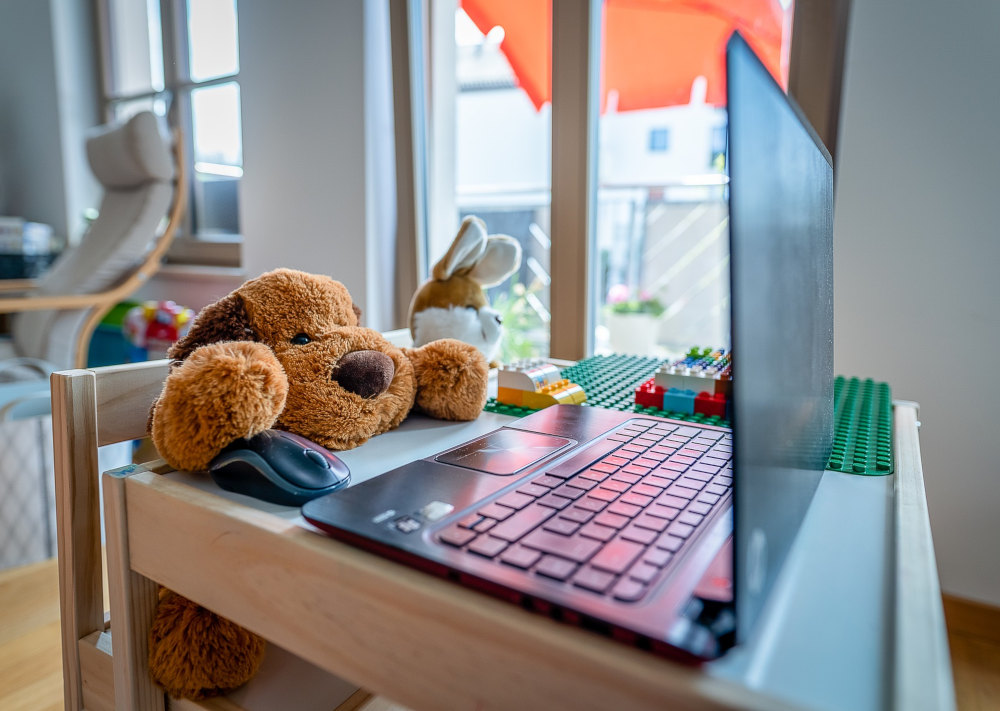
2020 was a year of change and challenges. Its global impact was something that we have never seen and experienced before. Our daily lives and the way we undertake business has changed.
Hybrid work settings have been present even before the global pandemic. The “work from home” setup has slowly been carried out by people who have the capacity to work outside a conventional working environment.
A year after the pandemic and the changes that were carried out, to minimise ongoing disruptions many employees and employers are engaging in a hybrid work setting and making it an option for their employees who are eligible.
In deciding whether remote working is appropriate for your business and your staff, from a WHS perspective, SafeWork Australia details the following list that needs to be taken into consideration in consultation with your staff:
the level of risk from COVID-19 in your workplace including the effectiveness of other control measures
the individual worker’s role
whether the worker is in a vulnerable person category for contracting the virus (see our information on vulnerable workers)
suitability of work activities
workflows and expectations
workstation set up
surrounding environment such as ventilation, lighting and noise
home environment, such as partners, children, vulnerable persons and pets
communication requirement such as frequency and type
mental health and wellbeing of the worker
safe working procedures and training requirements, and
potential risk of infection on journeys to and from the workplace.
Provided that there are no risks and hazards identified during this stage, a discussion must be arranged to ensure the worker’s health and safety prior to working remotely.
This includes:
Providing guidance in a self-check list form that includes a proper workstation set up necessary to perform their tasks;
Arrangement of workers to familiarise themselves with compliance to good ergonomic practices, and complete a workstation self-assessment checklist;
Maintain regular communication with workers;
Provide support and access to information for mental health and wellbeing services; &
Appoint a Health and Safety Representative (HSR) whom workers can talk to about any concerns related to working from home.
Duty of care
Under the Workplace Health and Safety (WHS) laws, employers have a duty of care for the health and safety of their workers and other people at the workplace. It is important to remember that this duty of care extends to employees working from home.
As an employer, your employees working from home duty of care includes ensuring their remote working space is safe and free from risks and hazards. The duty of care also extends to your employees’ mental health and wellbeing, meaning so far as is reasonably practicable, employees need to ensure the mental health of their workers and protect their workers from psychosocial risks while they are at work.
How does a virtual environment impact WHS?
With the expectation that at least some employees will continue part time or permanent arrangement working from home after the pandemic, employers are required to consider permanent changes to WHS practices. There are several considerations employers need to have with compliance to Safe Work Australia.
This includes:
providing and maintaining a work environment that is without risk to health and safety
providing adequate and accessible facilities for the welfare of workers to carry out their work, and
monitoring the health of workers and the conditions of the workplace for the purpose of preventing illness or injury.
Take the time to review your policies with Austbrokers Terrace.
Source: Inside Small Business











